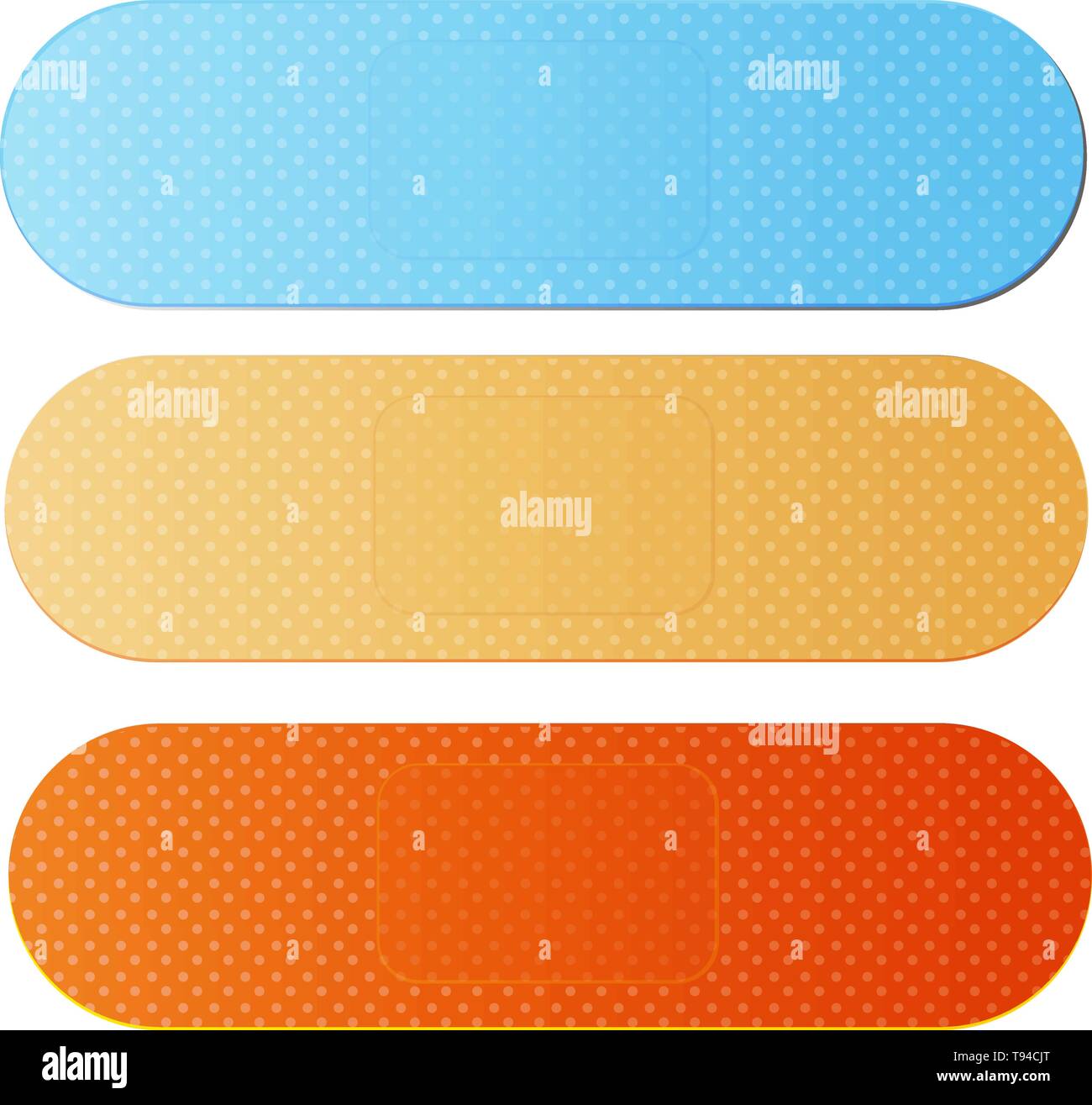When it comes to first aid essentials, Band-Aids colors play a crucial role in wound care and personalization. Whether you're treating a minor cut or simply adding a fun touch to your medical supplies, understanding the different color options can make all the difference. In this article, we will explore the world of colored Band-Aids, their benefits, and how to choose the perfect one for your needs.
Band-Aids, the iconic adhesive bandages, have come a long way since their invention in 1920. What started as a simple solution for covering small wounds has evolved into a wide array of colors and designs, catering to both functional and aesthetic preferences. Today, consumers can choose from a variety of Band-Aids colors to match their personalities and preferences.
Whether you're looking for classic beige tones or vibrant hues that stand out, this article will provide you with all the information you need to make an informed decision. Let's dive into the world of Band-Aids colors and discover how they can enhance your first aid experience.
Read also:Grease Good Sandy Exploring The Iconic Character And Her Legacy
Table of Contents
- History of Band-Aids
- Overview of Band-Aids Colors
- Benefits of Colored Band-Aids
- Types of Band-Aids Colors
- Tips for Using Colored Band-Aids
- Safety Considerations
- Psychological Impact of Colors
- Environmental Considerations
- Cost Analysis of Colored Band-Aids
- Conclusion
History of Band-Aids
Band-Aids were invented in 1920 by Earle Dickson, an employee at Johnson & Johnson. Initially designed to help his wife, who frequently cut herself while cooking, the product quickly gained popularity due to its convenience and effectiveness. Over the years, Band-Aids have evolved from simple beige strips to a wide variety of colors and designs.
Today, Band-Aids colors are not only functional but also serve as a form of self-expression. From neon hues to pastel shades, the options are endless, allowing users to select bandages that match their personal style.
Overview of Band-Aids Colors
Popular Color Options
Band-Aids colors now include a diverse range of options, catering to different preferences and needs:
- Classic beige: Ideal for blending with the skin tone.
- Bright neon colors: Perfect for making a statement.
- Pastel shades: A softer, more subtle option.
- Printed designs: Featuring patterns, characters, and themes.
Seasonal Colors
Many brands also release limited-edition Band-Aids colors for holidays and special occasions. For example, you can find red and green bandages for Christmas or pink shades for Breast Cancer Awareness Month.
Benefits of Colored Band-Aids
Colored Band-Aids offer several advantages over traditional beige options:
- Encourages positive emotions in children and adults alike.
- Makes wound care more fun and engaging.
- Provides an opportunity for self-expression and creativity.
- Helps in distinguishing between multiple wounds on the same person.
According to a study published in the Journal of Wound Care, using colorful bandages can improve patient compliance and reduce anxiety during wound treatment.
Read also:90s Chanel Runway A Timeless Legacy Of Fashion Excellence
Types of Band-Aids Colors
1. Neon Colors
Neon Band-Aids are vibrant and eye-catching, making them ideal for outdoor activities or situations where visibility is important. They are often made with durable materials to withstand harsh conditions.
2. Pastel Shades
Pastel-colored Band-Aids provide a softer, more delicate appearance. These are popular among users who prefer subtlety and elegance in their first aid supplies.
3. Themed Designs
Themed Band-Aids colors often feature popular characters, sports teams, or cultural icons. These are great for collectors and those who want to personalize their medical kits.
Tips for Using Colored Band-Aids
To get the most out of your colored Band-Aids, consider the following tips:
- Clean the wound thoroughly before applying the bandage.
- Choose a color that complements your skin tone or outfit.
- Store Band-Aids in a cool, dry place to maintain their adhesive properties.
- Replace the bandage regularly, especially if it becomes wet or dirty.
For optimal results, follow the instructions provided by the manufacturer and consult a healthcare professional if necessary.
Safety Considerations
While colored Band-Aids are generally safe, it's important to be aware of potential risks:
- Check for allergies to dyes or materials used in the bandages.
- Avoid using decorative Band-Aids on deep or infected wounds.
- Dispose of used bandages properly to prevent contamination.
For more information on safety guidelines, refer to the World Health Organization's recommendations on wound care.
Psychological Impact of Colors
Colors can have a significant impact on mood and behavior. According to color psychology, different hues evoke specific emotions:
- Blue: Promotes calmness and relaxation.
- Red: Stimulates energy and passion.
- Green: Associated with healing and growth.
- Pink: Evokes feelings of warmth and compassion.
Choosing Band-Aids colors that align with your emotional needs can enhance the overall healing experience.
Environmental Considerations
With growing concerns about environmental sustainability, many manufacturers are now producing eco-friendly Band-Aids colors. These products are made from biodegradable materials and packaged in recyclable containers. By choosing sustainable options, you can reduce your carbon footprint while still enjoying the benefits of colored bandages.
Cost Analysis of Colored Band-Aids
The cost of Band-Aids colors varies depending on factors such as brand, design, and packaging. On average, a pack of 20 standard colored Band-Aids costs between $2 and $5. Themed or limited-edition designs may be slightly more expensive. However, the added value in terms of personalization and functionality often justifies the additional cost.
For budget-conscious consumers, generic brands offer affordable alternatives without compromising quality. Always compare prices and read reviews before making a purchase.
Conclusion
Band-Aids colors have revolutionized the world of first aid by offering a wide range of options that cater to both functional and aesthetic needs. From classic beige tones to vibrant neon hues, there's a Band-Aid for everyone. By understanding the benefits, types, and safety considerations associated with colored Band-Aids, you can make an informed decision that enhances your wound care experience.
We encourage you to share your thoughts and experiences in the comments section below. Additionally, feel free to explore other articles on our website for more valuable insights into health and wellness topics. Together, let's promote a healthier, happier world!
Sources:
- Journal of Wound Care
- World Health Organization
- Color Psychology


